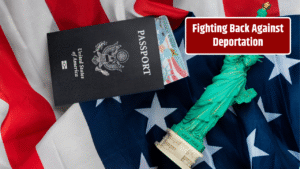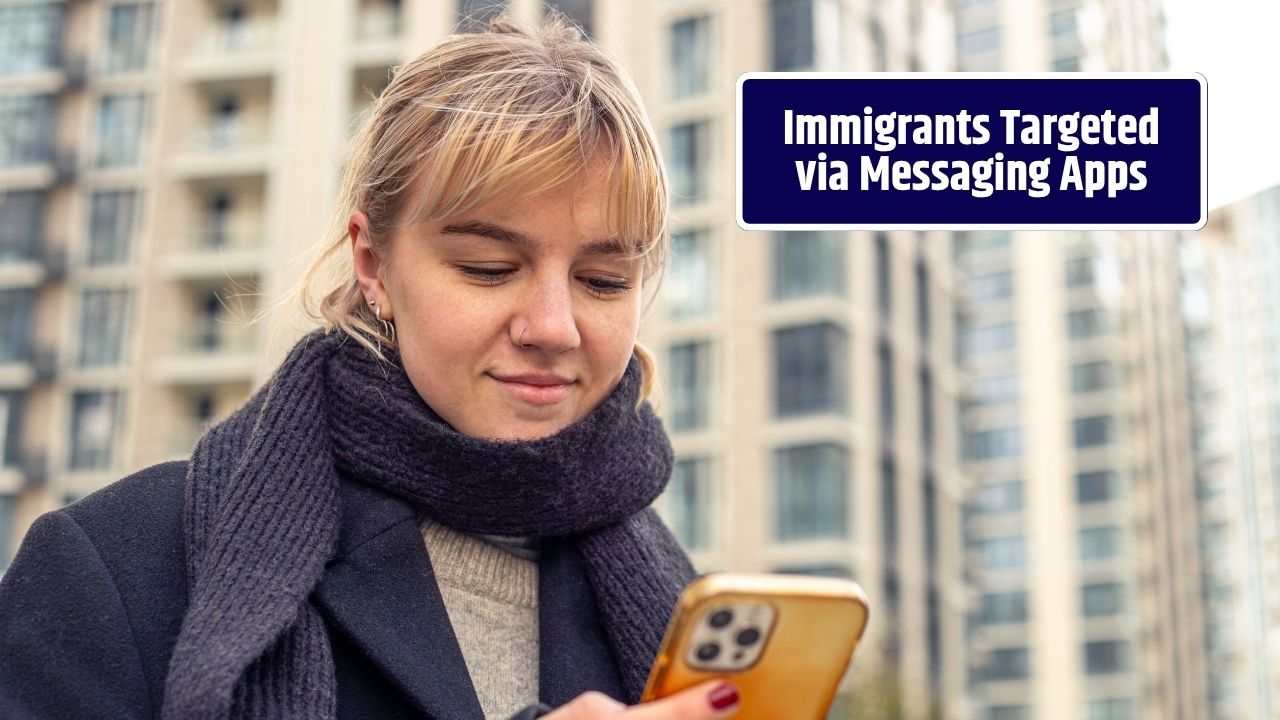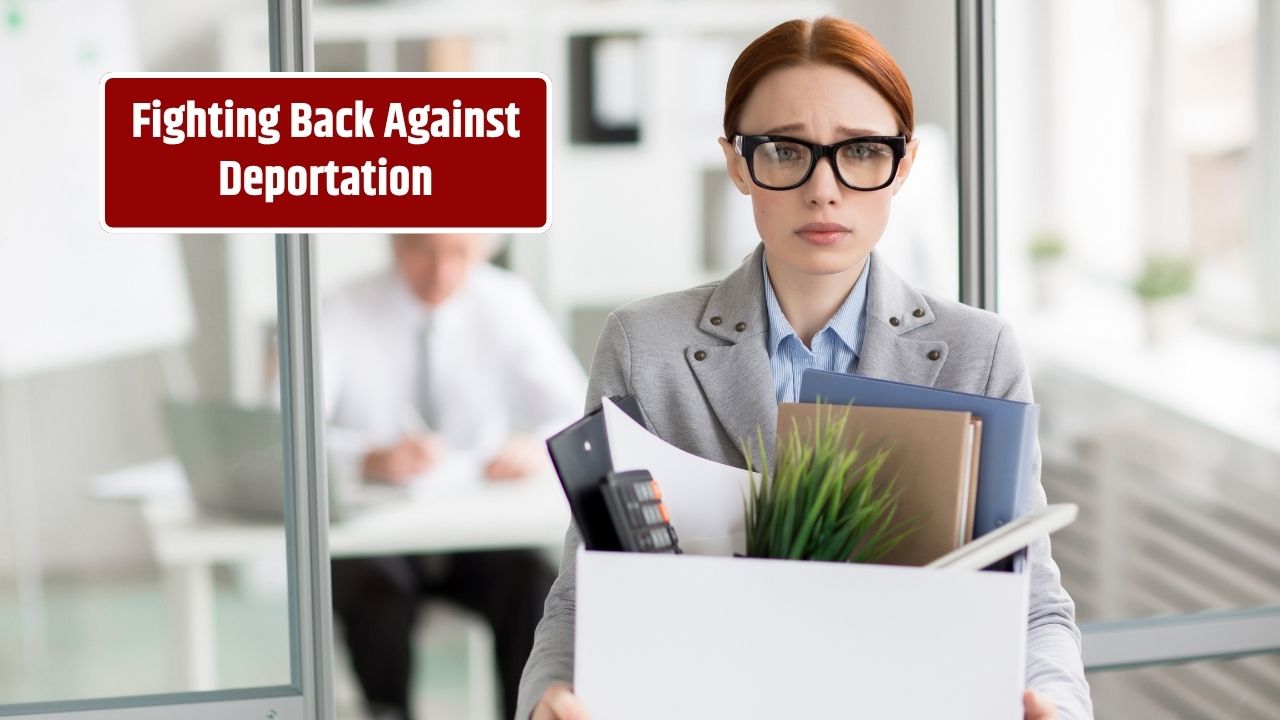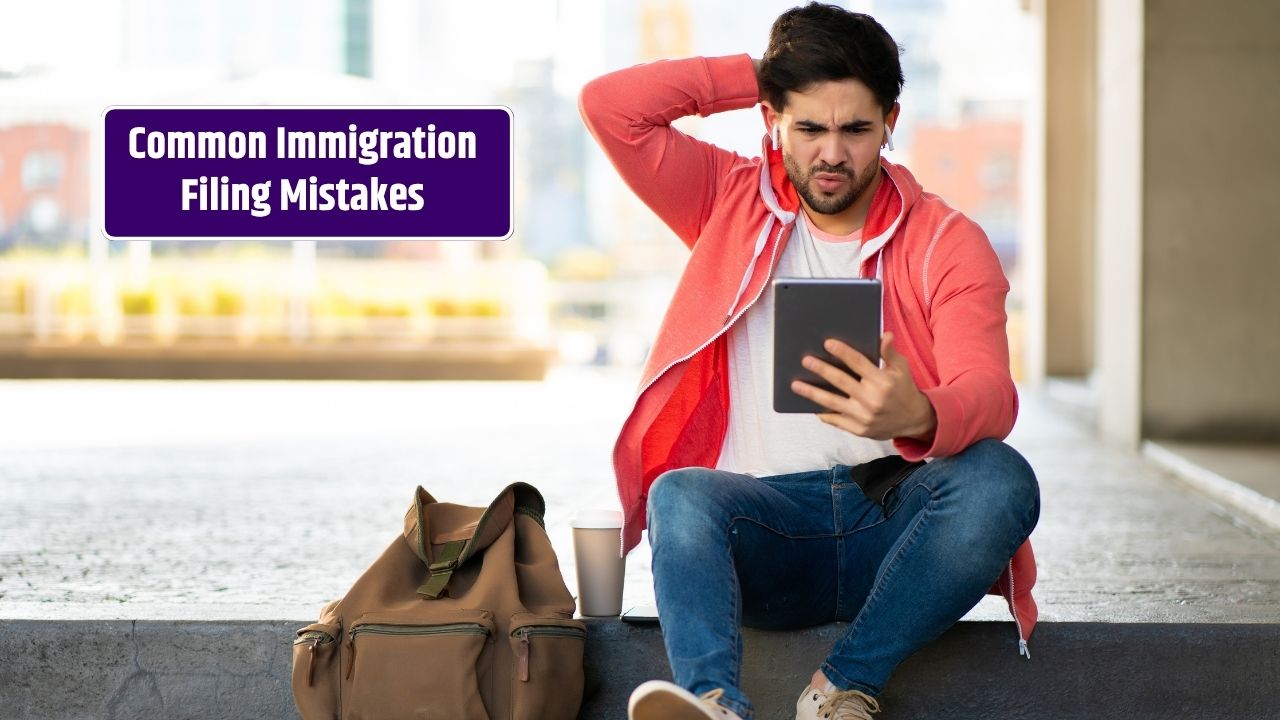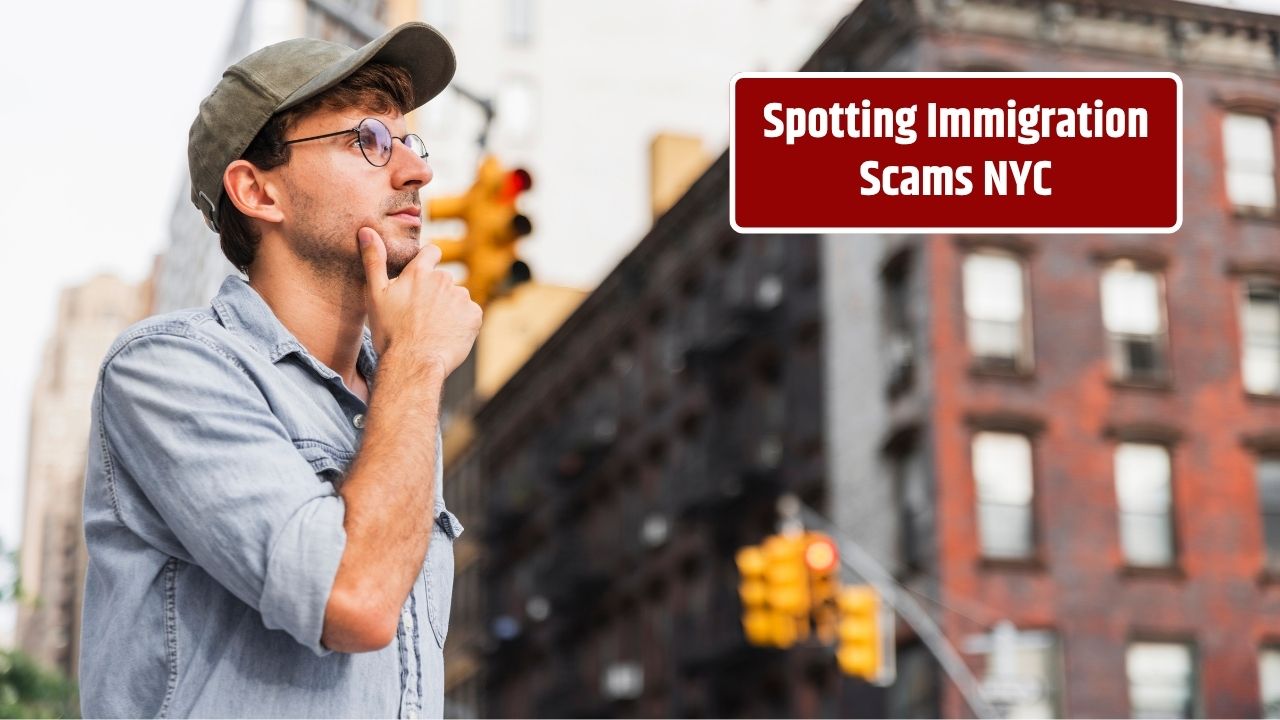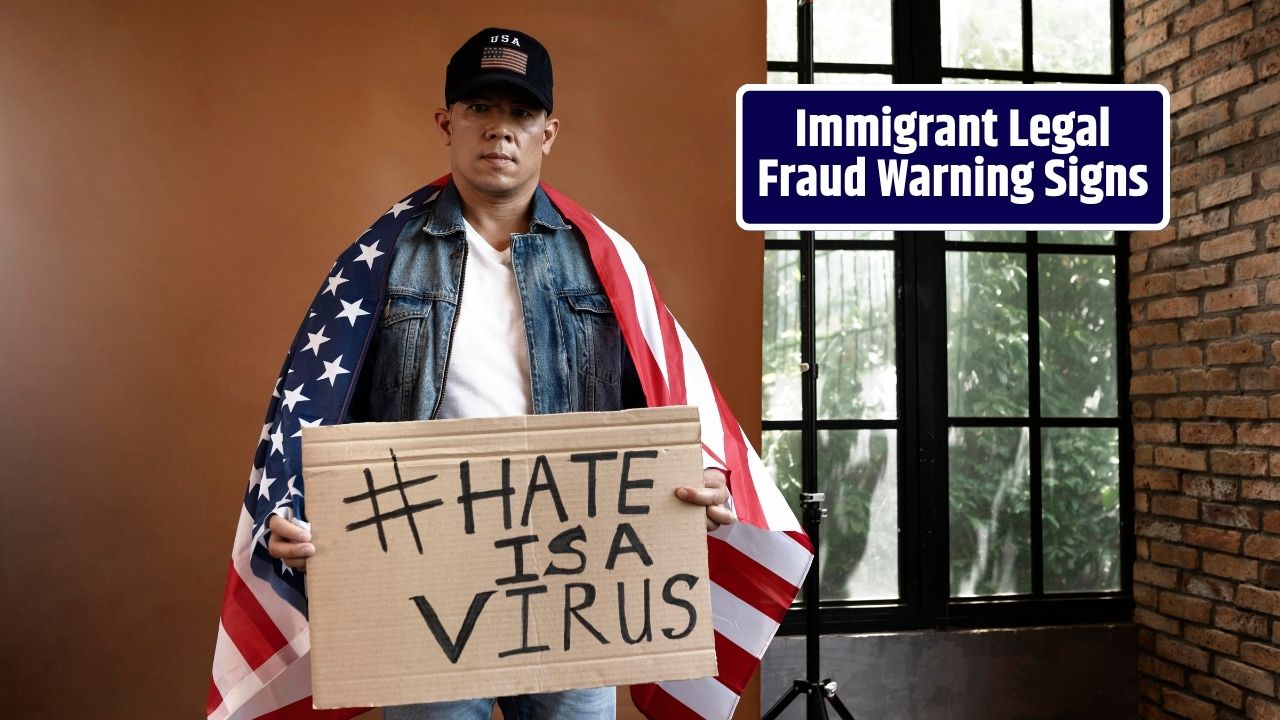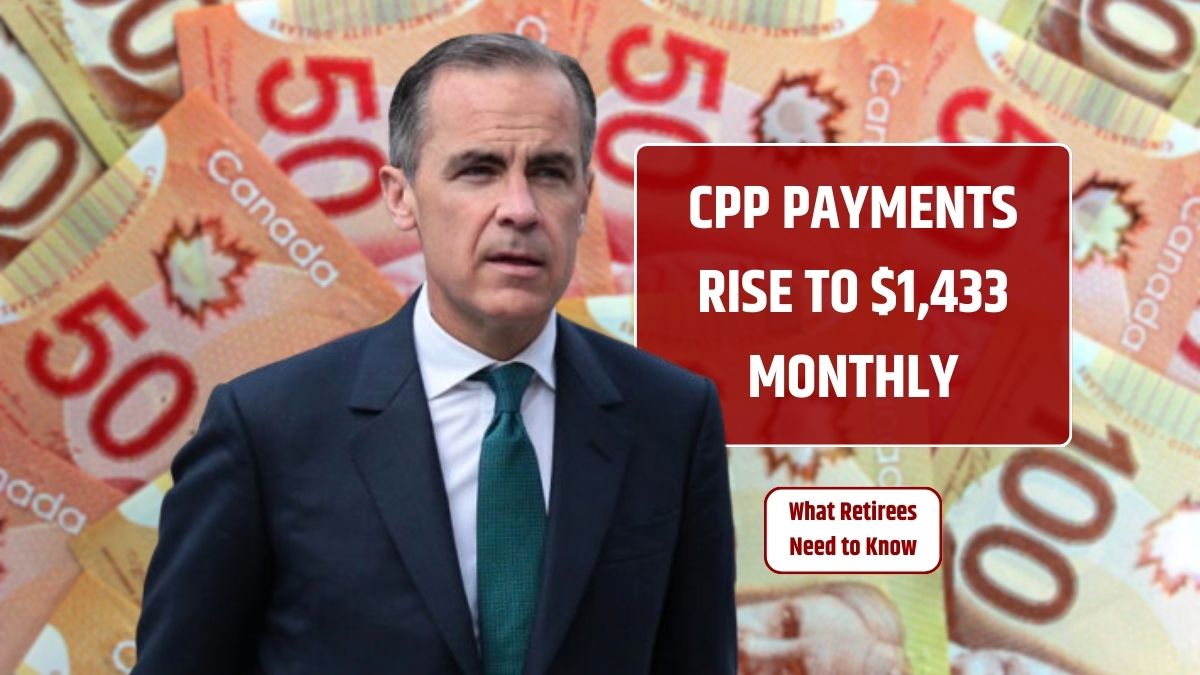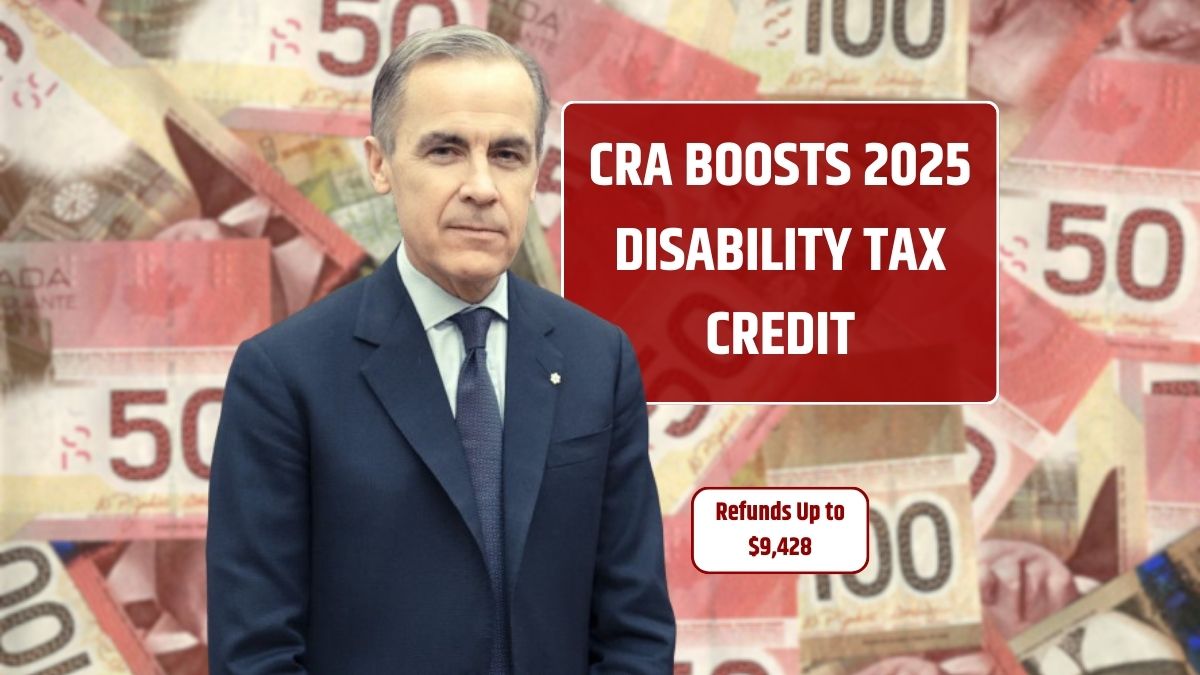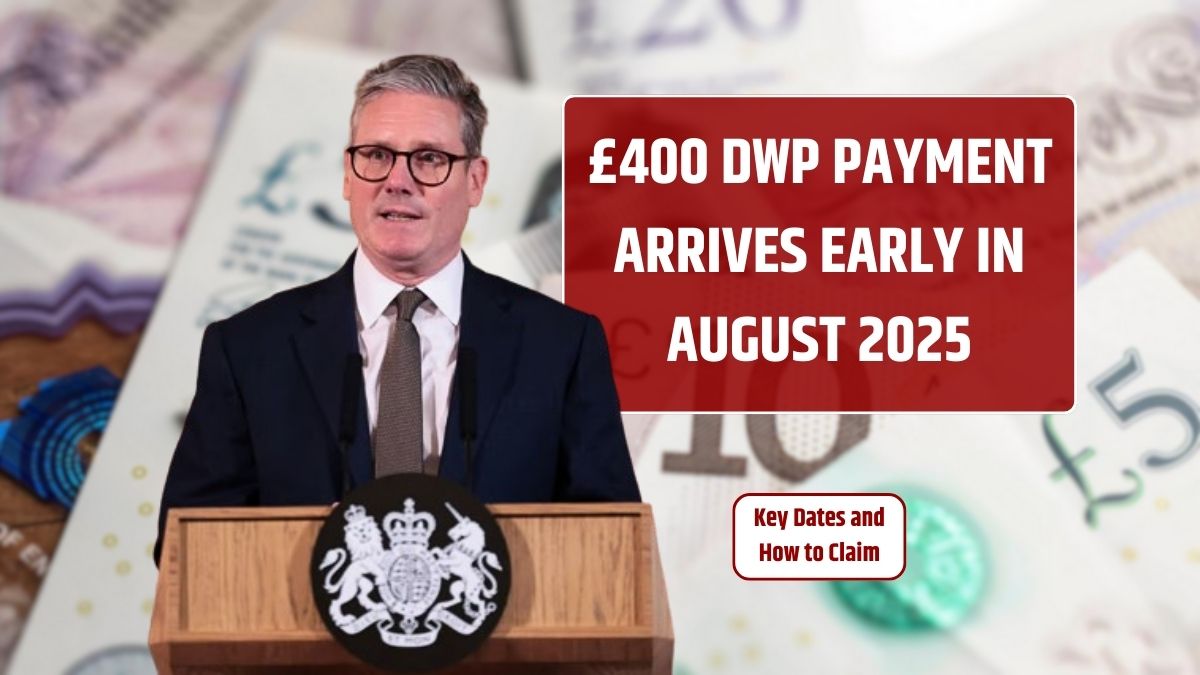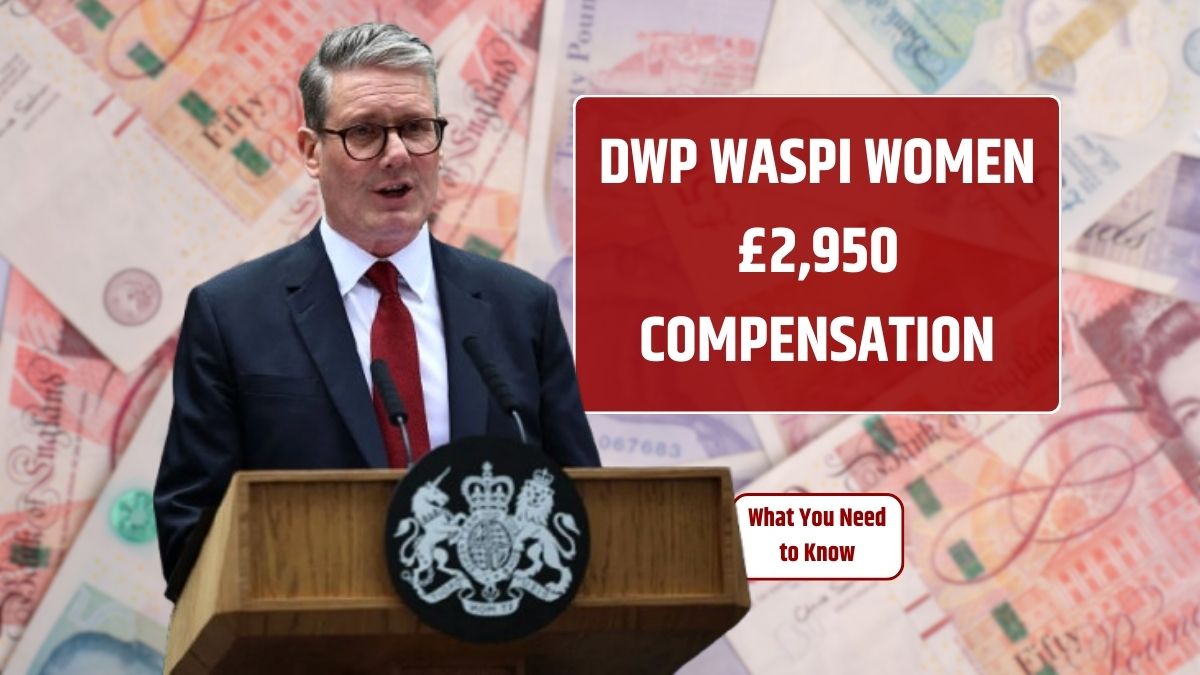The U.S. government has once again adjusted its border policy, signaling another turning point in how asylum seekers are processed at the southern border. These changes, announced in mid-2025, are part of the Biden administration’s ongoing effort to balance immigration control, humanitarian protections, and public pressure over border management.
Whether you’re an immigrant advocate, a concerned citizen, or someone directly impacted by the process, here’s a breakdown of what’s changed, why it matters, and how it affects people seeking asylum in the United States.
What Changed in the 2025 Border Policy Update?
The latest shift includes stricter enforcement measures, limited eligibility for asylum, and an expansion of expedited removal procedures. These adjustments were made in response to sustained high numbers of border crossings and ongoing political pressure to reduce unauthorized entries.
Key changes include:
| Policy Change | What It Means |
|---|---|
| Expanded Expedited Removal | Migrants who cross illegally can be deported faster without a court hearing |
| Asylum Ineligibility for Transit | Those who did not first seek asylum in another country en route (e.g., Mexico) may be ineligible in the U.S. |
| Processing App Requirement (CBP One) | Asylum seekers must schedule border appointments via the CBP One mobile app |
| Increased Deportations | More rapid removals for individuals without a credible fear claim |
| Family Deportations Resumed | Families arriving without legal entry will be prioritized for removal |
Who Is Most Affected?
These changes primarily affect migrants arriving at the U.S.-Mexico border without documentation, especially those from Central America, South America, and parts of the Caribbean.
While the U.S. still accepts asylum claims, the bar for eligibility has been raised, and many now face quick deportation unless they meet strict conditions.
What’s Driving the Policy Shift?
There are multiple forces behind this update:
- Record numbers of border encounters in 2024 and early 2025
- Congressional gridlock on broader immigration reform
- Political pressure in an election year to appear tougher on illegal migration
- Court rulings limiting previous executive policies
At the same time, the administration claims the goal is not to shut the door on asylum, but to streamline legal pathways and discourage dangerous, unauthorized border crossings.
How Do Asylum Seekers Apply Now?
As of July 2025, most asylum seekers must:
- Use the CBP One app to schedule a border appointment before arriving.
- Present themselves legally at a port of entry—arriving without documentation may lead to ineligibility.
- Demonstrate that they sought asylum in another country first, unless they meet specific humanitarian exceptions.
Failure to meet these requirements often results in expedited removal.
Legal and Human Rights Concerns
Immigrant advocacy groups have criticized the policy for:
- Creating digital barriers to asylum through the CBP One app, which is prone to technical issues
- Violating the U.S. and international legal obligation to offer asylum to people fleeing persecution
- Disproportionately affecting vulnerable populations who cannot wait for appointments or navigate online systems
There are also ongoing lawsuits challenging aspects of the policy, particularly the third-country transit ban and family removals.
Humanitarian Pathways Still Available
Despite the tougher enforcement, some legal options remain:
- Humanitarian parole programs for nationals from Cuba, Haiti, Nicaragua, and Venezuela
- Refugee processing from abroad, especially for Afghans and Ukrainians
- Temporary Protected Status (TPS) for those already in the U.S. from designated nations
- Legal sponsorship programs for individuals with U.S.-based family or community support
However, these pathways are limited in scope and tightly controlled.
FAQs
Can I still seek asylum at the U.S. border?
Yes—but you must follow strict procedures, including using the CBP One app and attempting asylum in another country first.
What happens if I cross without using the app?
You may be deemed ineligible for asylum and subject to expedited removal unless you qualify for an exception.
What if I can’t access the CBP One app?
Unfortunately, lack of access is not considered a valid excuse. Advocacy groups recommend seeking legal help or humanitarian organizations near the border.




